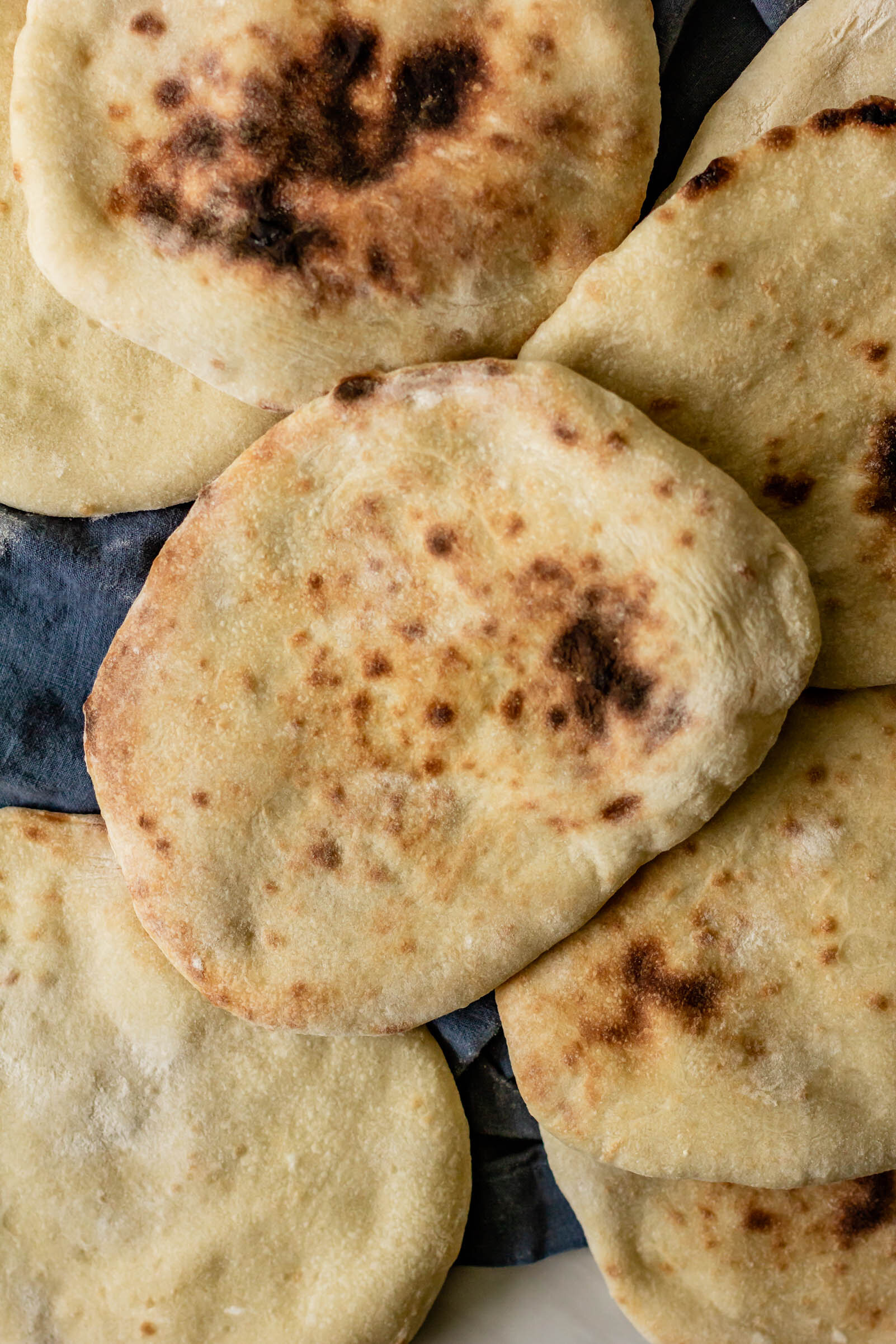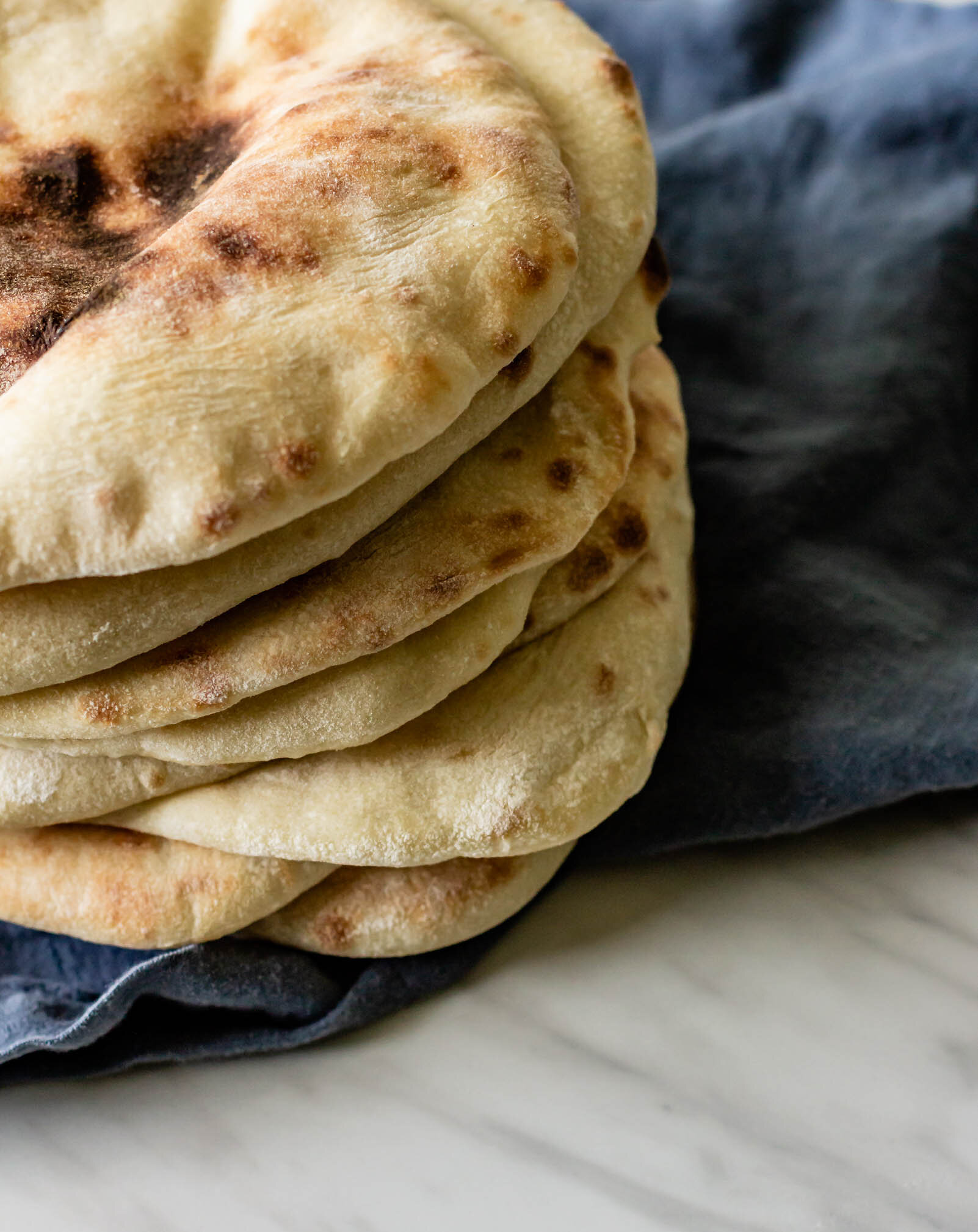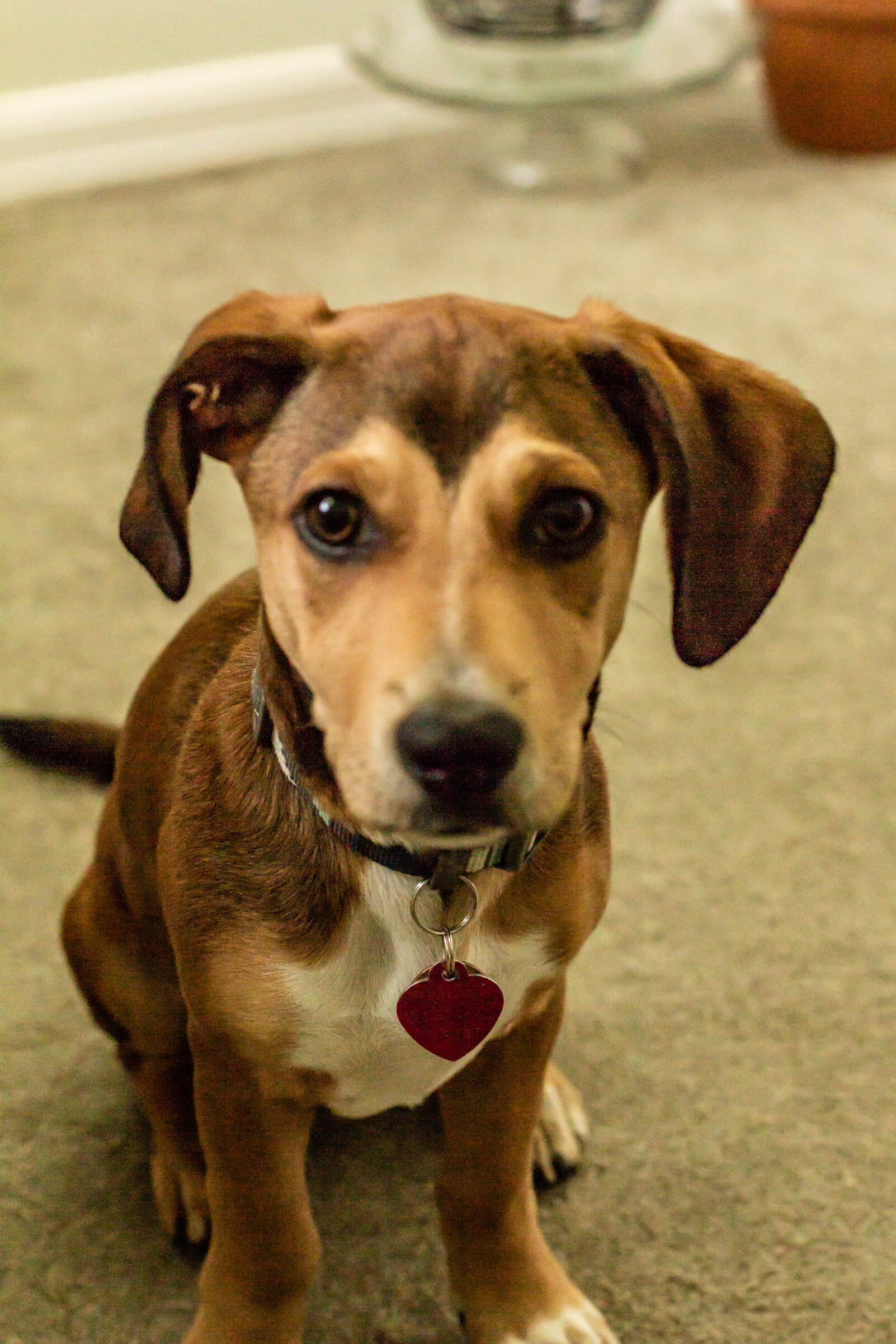Alon Shaya's Pitas
/I already have a pita recipe here on the blog. Way back in the day, when I first started blogging, pitas were one of the first breads we started making in culinary school and I was hooked. While that recipe still makes a darn good pita, I’ve spent the last few years trying out a lot of different recipes, tweaking water amounts, and playing around with baking temperatures and this is my go-to. This recipe is lightly adapted from Alon Shaya, whose food I’ve talked about extensively here on the blog because he’s one of my favorites and if you ever find yourself in Denver or New Orleans (where he has restaurants), it is well worth your time to make a stop in one. I first had Alon’s pitas at Safta in Denver, on a frigid night in late November a few years back. The wind was no joke and we holed up at the bar with a bottle of wine to wait in the warmth until it was time to head to the airport for our flight back home. We made good friends with the bar tender and ate labneh cheesecake, but as we sat, plate after plate of warm, charred pita came floating past us, out of the kitchen, to lucky tables all around. After a little while, we finally gave in and I’m telling you, I don’t know if it was the cold or the wine or a little of both, but those were the best pitas I’ve ever had in my whole entire life.
Unfortunately, I don’t have a big wood-burning pizza oven in my tiny duplex kitchen so getting pitas exactly like Safta is a bit more tricky. In his book, Alon recommends turning your oven to broil and heating a baking stone inside for cooking the pitas on. This makes for beautiful pitas, with smoked centers, but I only used this technique a couple of times before my stone shattered in the oven, mid-pita bake. So now, I use a metal baking sheet and crank my oven to 500° F and it does the trick just fine. I also adapted his recipe to make them a one-day affair with no overnight proof in the fridge, but if you have the time, you can always let your dough chill overnight after the first proof, just bring it back to room temperature before moving on to the next steps.
P.S. Tahini sat so patiently next to me the entire time I was photographing these and just look at how cute his little face is!
Alon Shaya’s Pitas
yield: 8 pitas
this recipe is very lightly adapted from Shaya by Alon Shaya
Ingredients
1 1/2 cups warm water
1 tsp active dry yeast
4 1/2 cups (540 g) bread flour, plus more for dusting
1 tbsp olive oil, plus more for the bowl
2 tbsp kosher salt (Diamond Crystal brand is my favorite)
Procedure
In the bowl of a stand mixer fitted with the dough hook, combine water and yeast. Stir gently and let sit for 5 minutes, until cloudy.
Add 4 cups of the flour to the bowl with the yeast and water, along with the olive oil. Mix on low speed for one minute, until flour has begun to incorporate, and then increase the speed to medium. Mix for another minute or two until a dough begins to form. Scrape down the sides of the bowl, remove the dough hook attachment, and cover the bowl with plastic wrap. Let rest for 20 minutes.
After the dough has rested, turn the mixer back on to low speed and gradually add the remaining 1/2 cup of flour along with the salt. Mix on medium speed for about 5 minutes, until the dough begins to pull away from the side of the bowl. Transfer dough to a floured work surface and shape into a ball.
Lightly oil a clean bowl and place dough ball inside. Cover with plastic wrap and let proof at room temperature for about 2 hours, until the dough is swollen and has almost doubled in size.
Once the dough has completed it’s first proof, turn it out onto a floured work surface and divide it into eight equal pieces. Use your hands to roll each piece into a ball and place them on your floured work surface, leaving space between each. Dust the tops with flour, and cover them loosely with plastic wrap. Let proof again for another 2-3 hours, until they are puffy and pillowy.
Preheat the oven to 500° F and place a cookie sheet upside down (so you have a flat surface) in the oven while it preheats.
Meanwhile, use a rolling pin to roll each ball into a flat circle, about 6” across. When the oven is hot, carefully place 3-4 pitas (however many fit on your baking sheet) on the surface of the baking sheet and close the door. Watching them the whole time, bake for 2-3 minutes until pitas are puffy and starting to brown. Quickly and carefully, use tongs to remove pitas from the oven. Repeat with the remaining pitas and then enjoy them warm with lots of smooth and swoopy hummus!
more recipes like this
homemade pitas
an Israeli-inspired dinner party
schiacciata with caramelized onions and figs












